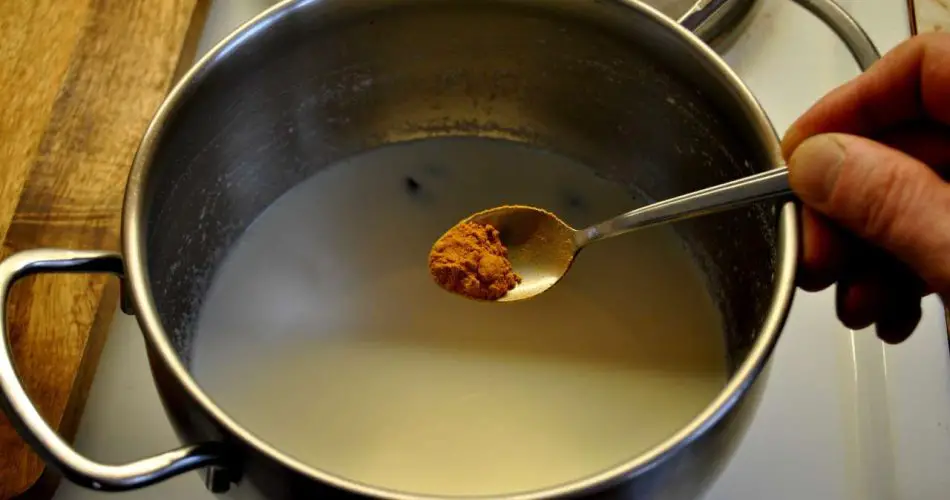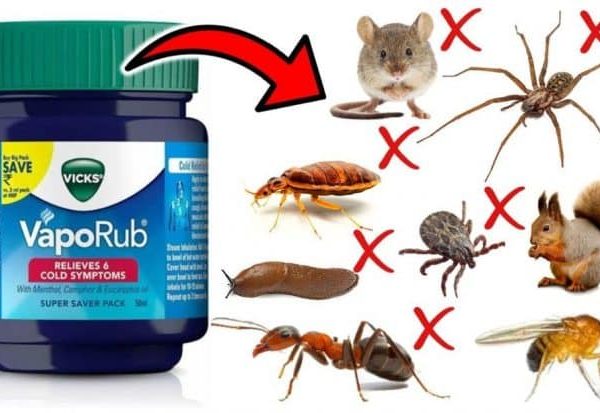Keeping plants healthy and thriving can be a rewarding experience, whether they are part of a home garden, balcony collection, or indoor greenery. However, one of the biggest challenges gardeners face is the relentless onslaught of pests that can damage or even kill plants. While there are numerous chemical pesticides available on the market, many of them contain harmful substances that can be detrimental to the environment, pets, and even human health. Fortunately, there’s a simple, cost-effective, and natural solution that requires just one teaspoon of a common household ingredient.
The Problem with Plant Pests
Plant pests, including insects, mites, molds, and fungi, are more than just a nuisance—they are a significant threat to plant health. These pests can cause leaves to yellow, stunt growth, and even lead to the death of the plant if not addressed promptly. Common culprits like aphids, spider mites, and whiteflies feed on plant sap, weakening the plant and making it more susceptible to diseases. Fungal infections can spread rapidly, especially in humid conditions, leading to root rot and other serious issues.
Despite diligent care, such as proper watering and optimal placement, plants can still fall victim to these pests. It’s disheartening to invest time and effort into nurturing plants, only to have them suffer due to infestations. This is why finding an effective and safe pesticide is crucial for any gardening enthusiast.
A Natural Solution: Homemade Pesticide with Milk and Garlic Powder
Instead of resorting to chemical pesticides, which may contain toxic ingredients, you can create a powerful natural pesticide using items you likely already have in your kitchen: milk and garlic powder. This homemade remedy is not only eco-friendly but also gentle on your plants while being tough on pests.
Ingredients Needed
- 500 ml of Milk: Fresh or even expired milk can be used. Milk contains sugars and proteins that are beneficial for plants but harmful to certain pests.
- 1 Teaspoon of Garlic Powder: Garlic is renowned for its strong scent and antimicrobial properties, which repel pests and inhibit fungal growth.
Additional materials:
- A Container: For mixing the ingredients.
- Gauze or a Cotton Cloth: To strain the mixture.
- A Funnel: For easy transfer of the liquid.
- An Empty Spray Bottle: For application.
Step-by-Step Guide to Making the Natural Pesticide
- Prepare the Mixture: Pour 500 ml of milk into a clean container. Add one teaspoon of garlic powder to the milk. Stir the mixture thoroughly to ensure the garlic powder is well-distributed.
- Allow the Mixture to Infuse: Let the milk and garlic powder mixture sit for approximately three hours. This resting period allows the milk to absorb the potent compounds from the garlic, enhancing the pesticide’s effectiveness.
- Strain the Solution: After three hours, use gauze or a cotton cloth to strain the mixture. This step removes any solid particles, preventing them from clogging the spray bottle nozzle.
- Transfer to Spray Bottle: With the help of a funnel, pour the strained liquid into an empty spray bottle. Ensure the bottle is clean to avoid contamination.
- Application: Spray the natural pesticide directly onto your plants, making sure to cover all surfaces, including the undersides of leaves where pests often hide. It’s best to apply the spray during the cooler parts of the day, such as early morning or late afternoon, to prevent the milk from souring quickly in the heat.
- Frequency of Use: For optimal results, apply this pesticide every four days. Regular application ensures that pests are kept at bay and prevents new infestations from taking hold.
Why Milk and Garlic Are Effective Against Pests
Milk as a Natural Pesticide
Milk is more than just a nutritious beverage; it can also play a significant role in plant health. The sugars present in milk, such as lactose, can be detrimental to certain pests. When these pests consume the milk residues on the plant, they may experience digestive issues that can lead to their demise. Additionally, milk has antifungal properties. It creates an environment on the plant’s surface that is inhospitable to fungal spores, thereby preventing diseases like powdery mildew.
Garlic’s Pest-Repelling Properties
Garlic is famous for its strong odor, which is due to a sulfur-containing compound called allicin. This compound is released when garlic is crushed or powdered and has natural antibacterial, antifungal, and insect-repelling properties. The pungent smell of garlic confuses and deters pests, making it an effective natural repellent. It works against a variety of insects, including aphids, beetles, and caterpillars, as well as fungi that can harm plants.
By combining milk and garlic, you’re creating a two-pronged approach: the milk targets and disrupts the pests’ digestive systems and prevents fungal growth, while the garlic repels pests and inhibits their ability to feed on the plants.
Benefits of Using This Natural Pesticide
- Eco-Friendly: Unlike chemical pesticides, this natural solution does not harm the environment, beneficial insects like bees and ladybugs, or soil health.
- Cost-Effective: With ingredients commonly found at home, there’s no need to purchase expensive commercial pesticides.
- Safe for Humans and Pets: This mixture poses no significant health risks, making it safe to use around children and animals.
- Easy to Prepare: The recipe is straightforward and can be made in a matter of minutes.
- Versatile: Suitable for use on a variety of plants, both indoors and outdoors.
Additional Tips for Healthy Plants
- Regular Inspection: Check your plants frequently for signs of pests or diseases. Early detection makes treatment more manageable.
- Proper Sanitation: Keep your gardening tools clean to prevent the spread of pests and diseases between plants.
- Healthy Soil: Ensure your plants are in nutrient-rich soil, which can help them resist pests and recover from damage more effectively.
- Avoid Overwatering: Excess moisture can attract pests and promote fungal growth. Water plants according to their specific needs.
Conclusion
Protecting your plants from pests doesn’t have to involve harsh chemicals or costly solutions. With just half a liter of milk and a teaspoon of garlic powder, you can create a powerful natural pesticide that keeps your plants healthy and flourishing. This simple remedy leverages the natural properties of everyday ingredients to combat pests effectively.
By incorporating this natural pesticide into your gardening routine, you can enjoy the satisfaction of lush, vibrant plants without the worry of harmful side effects. Give this method a try, and watch your plants thrive under your care.



